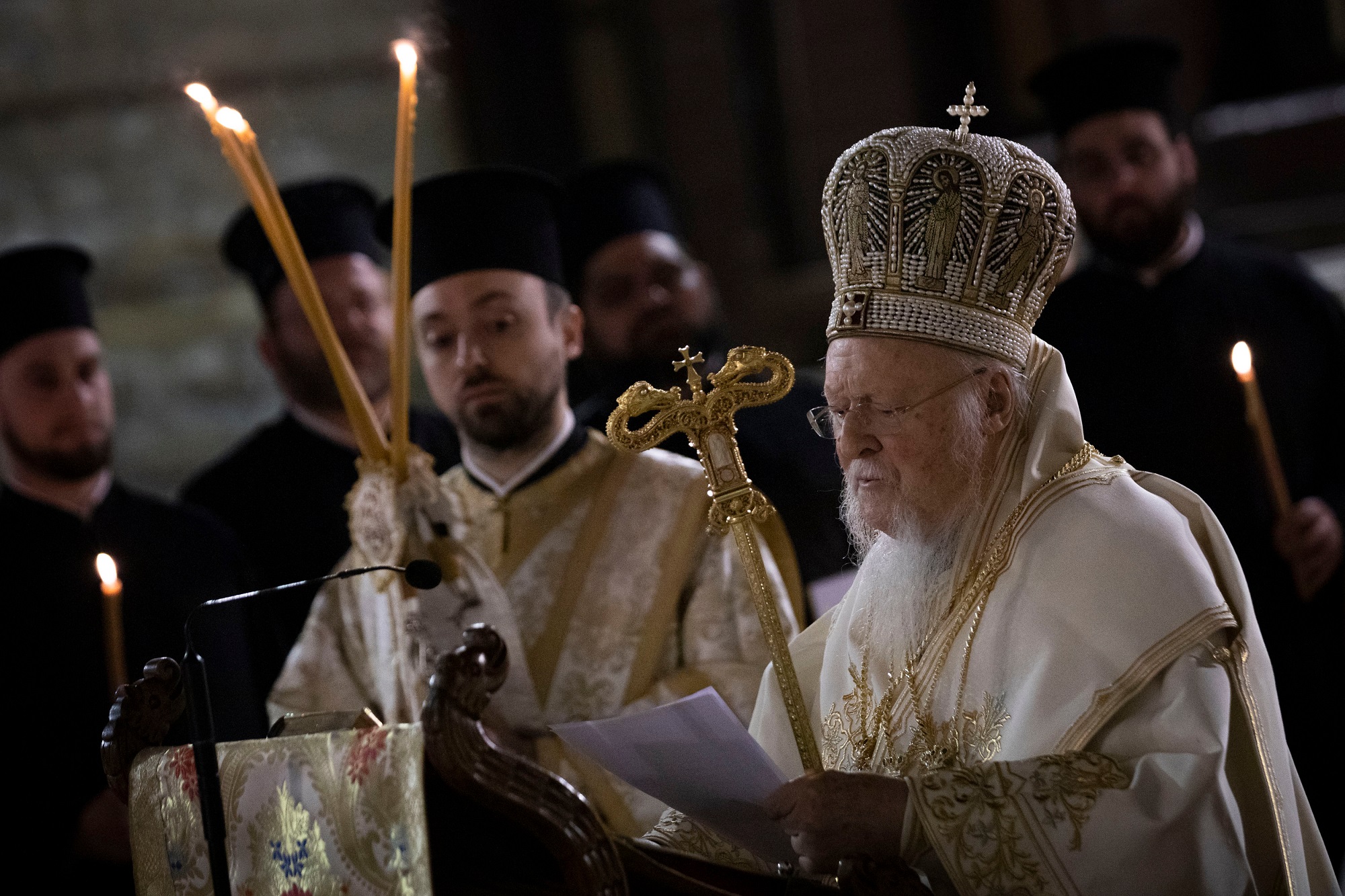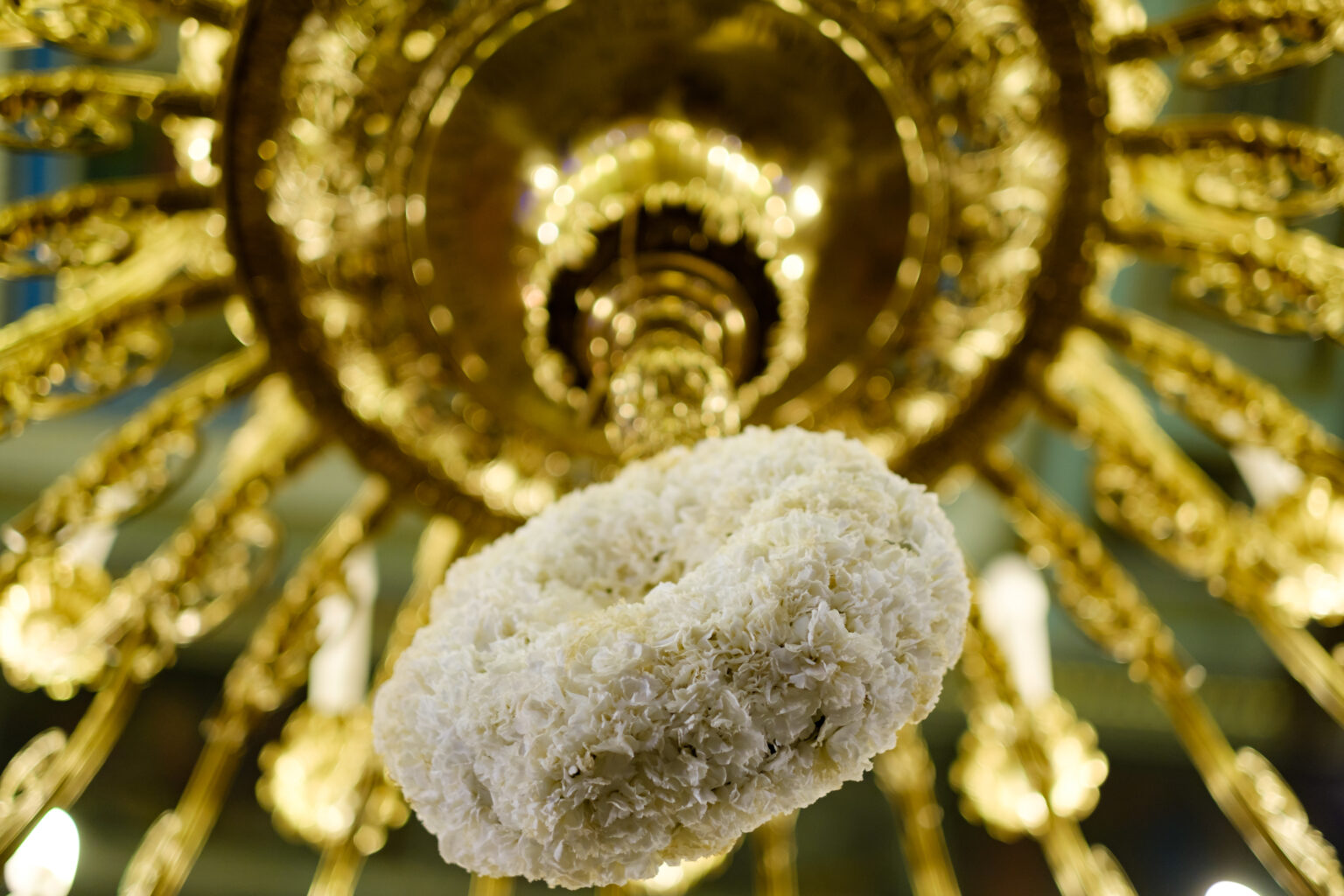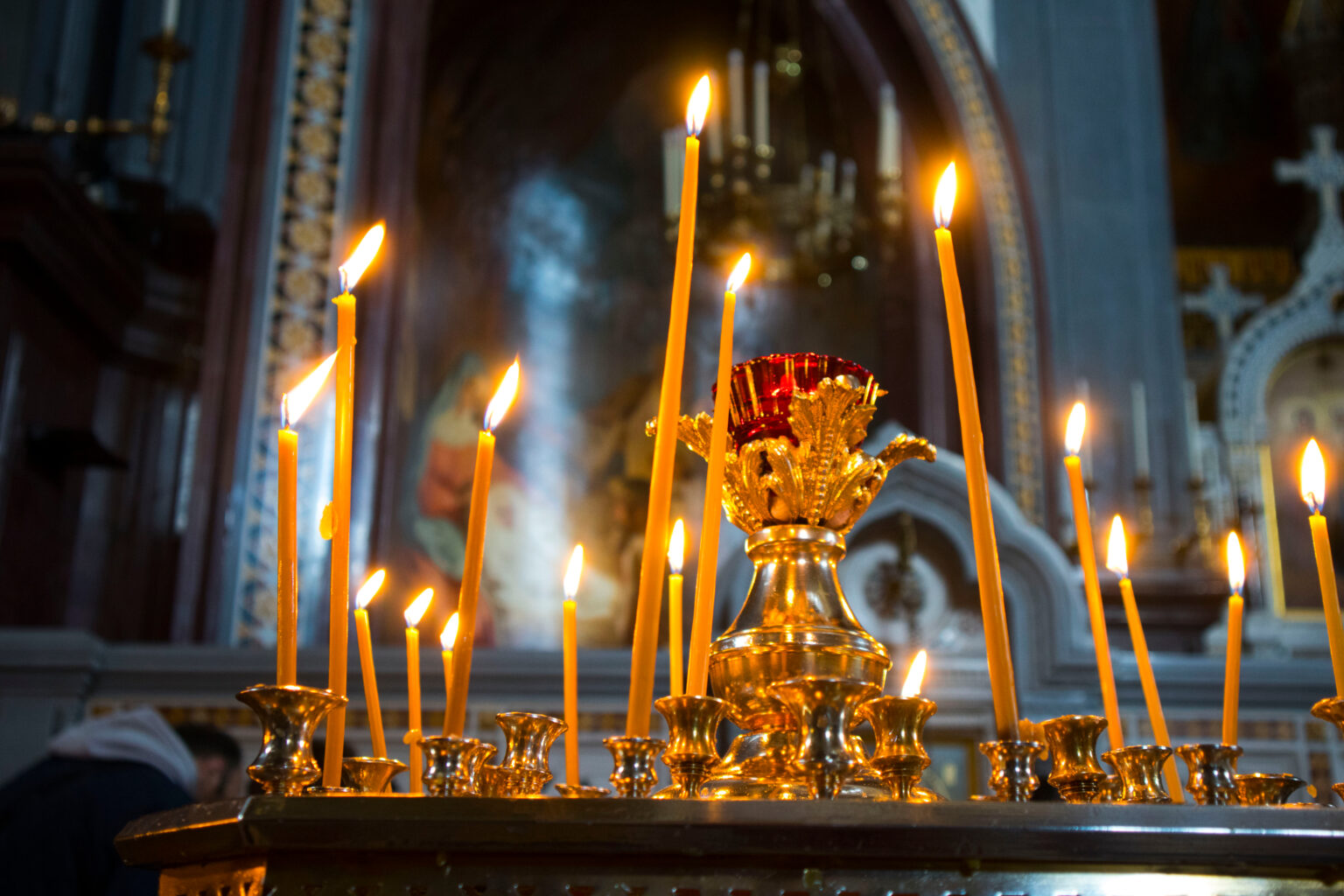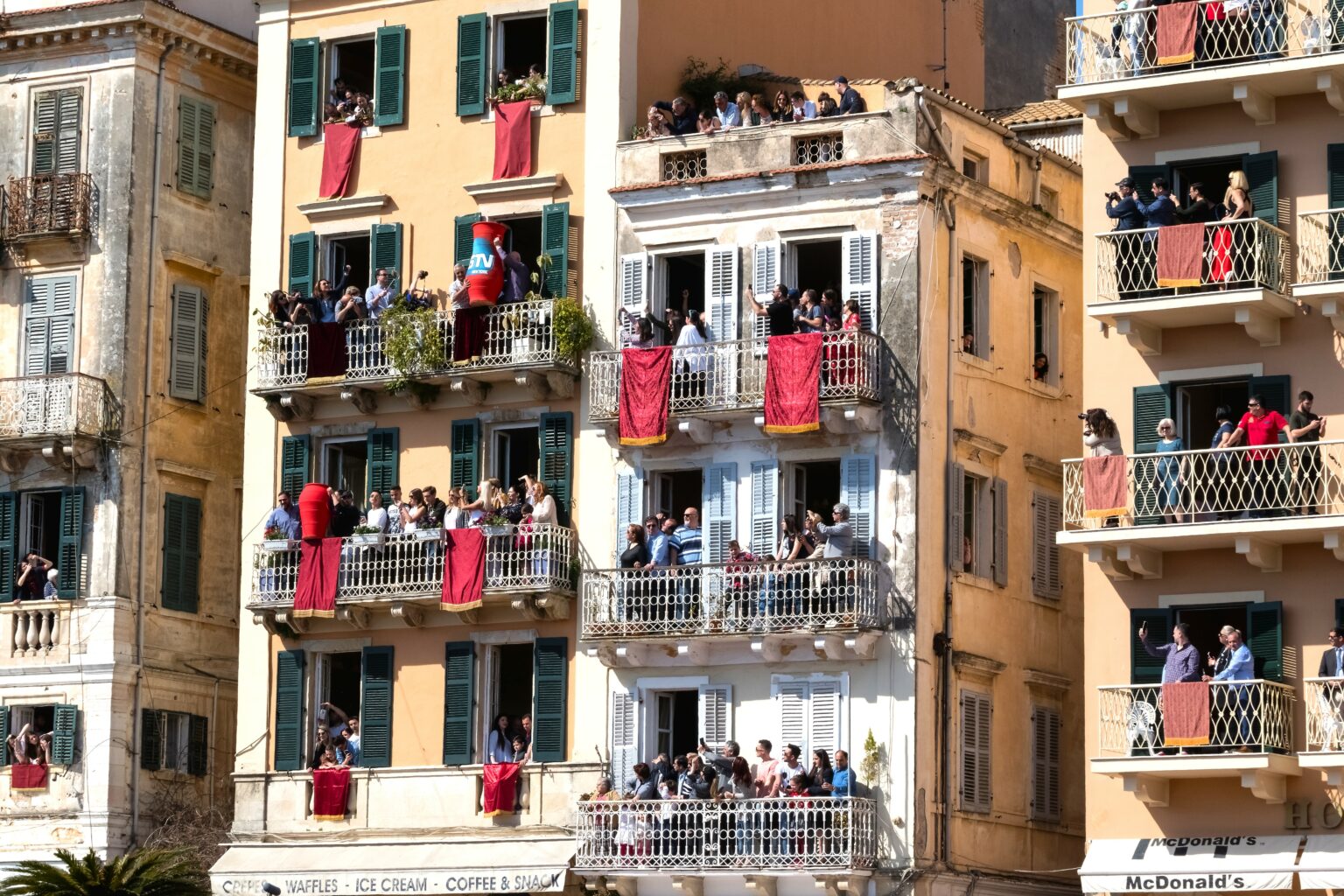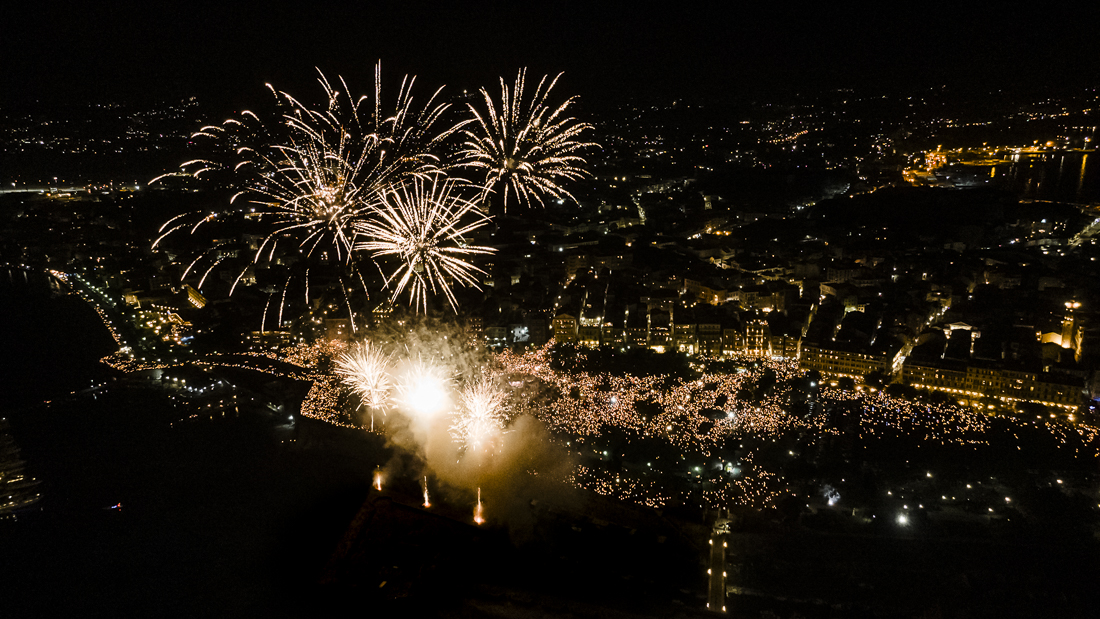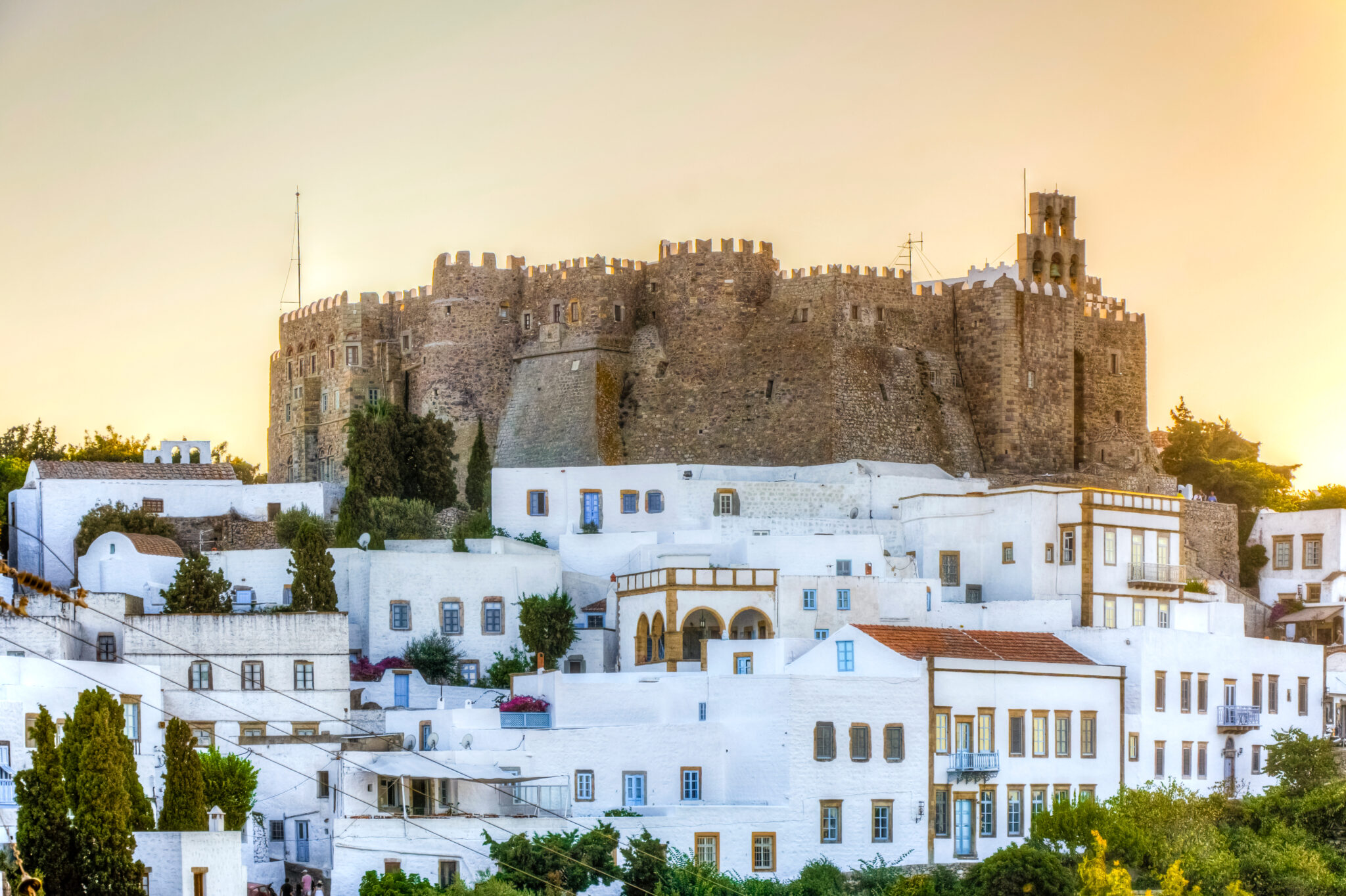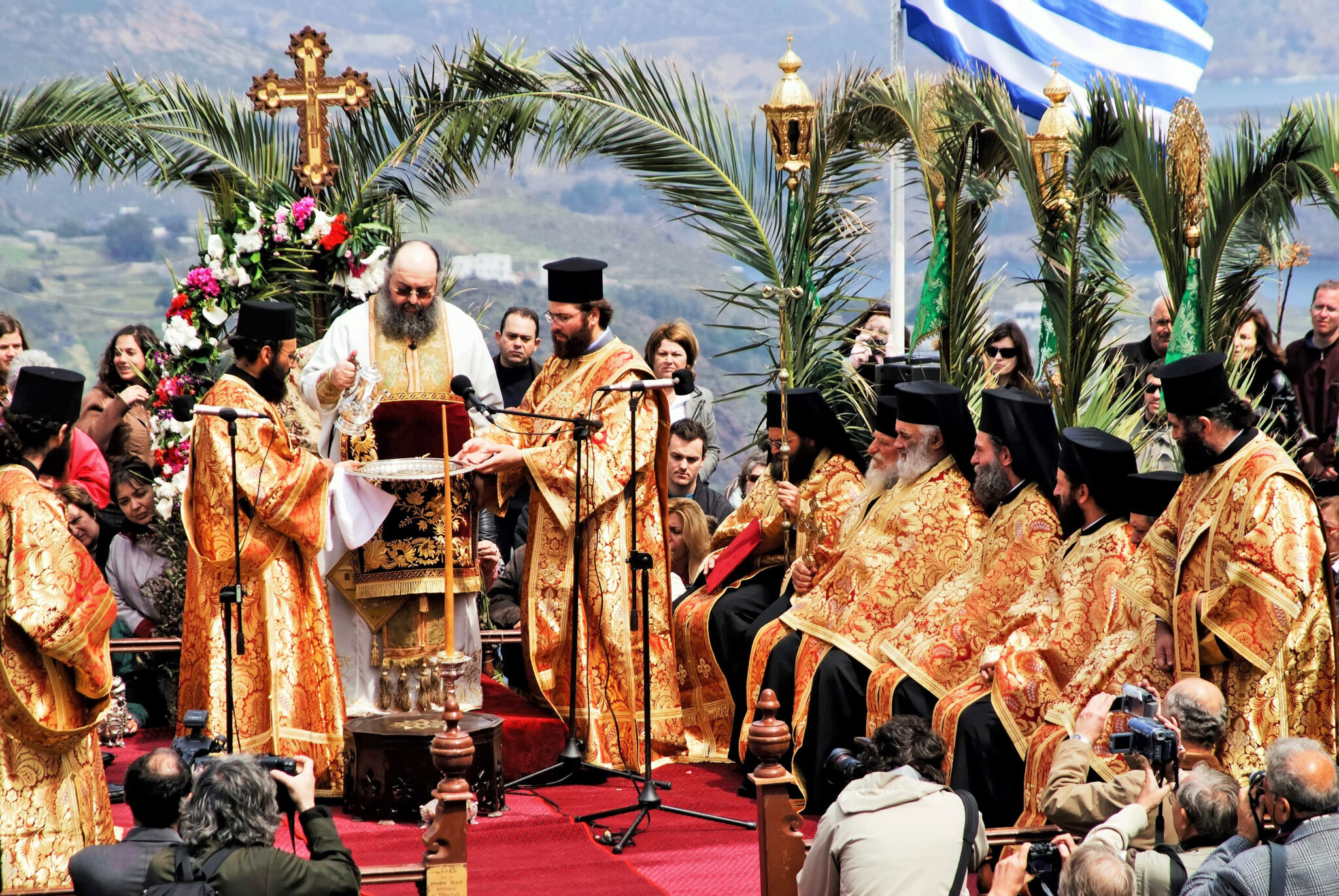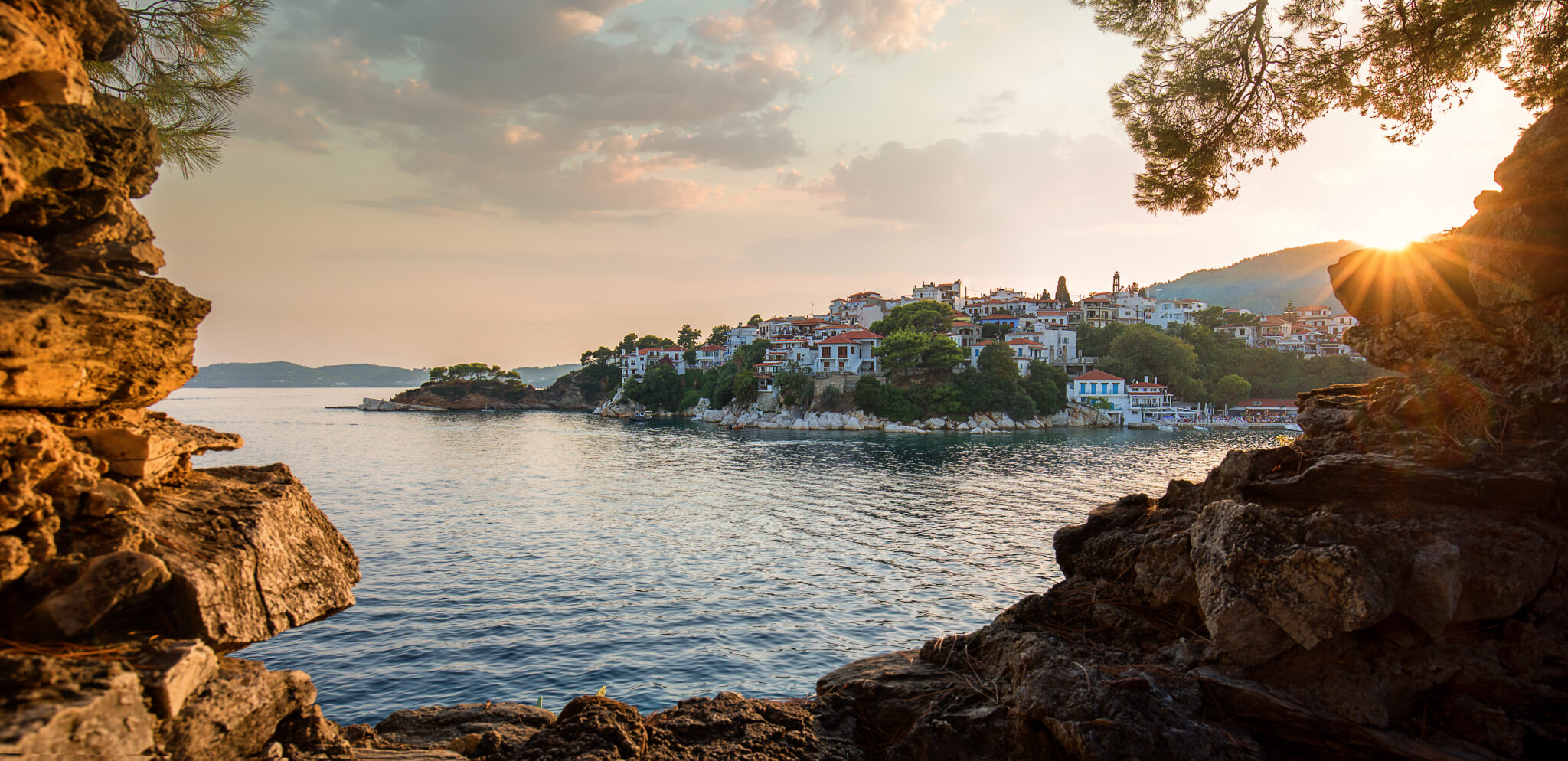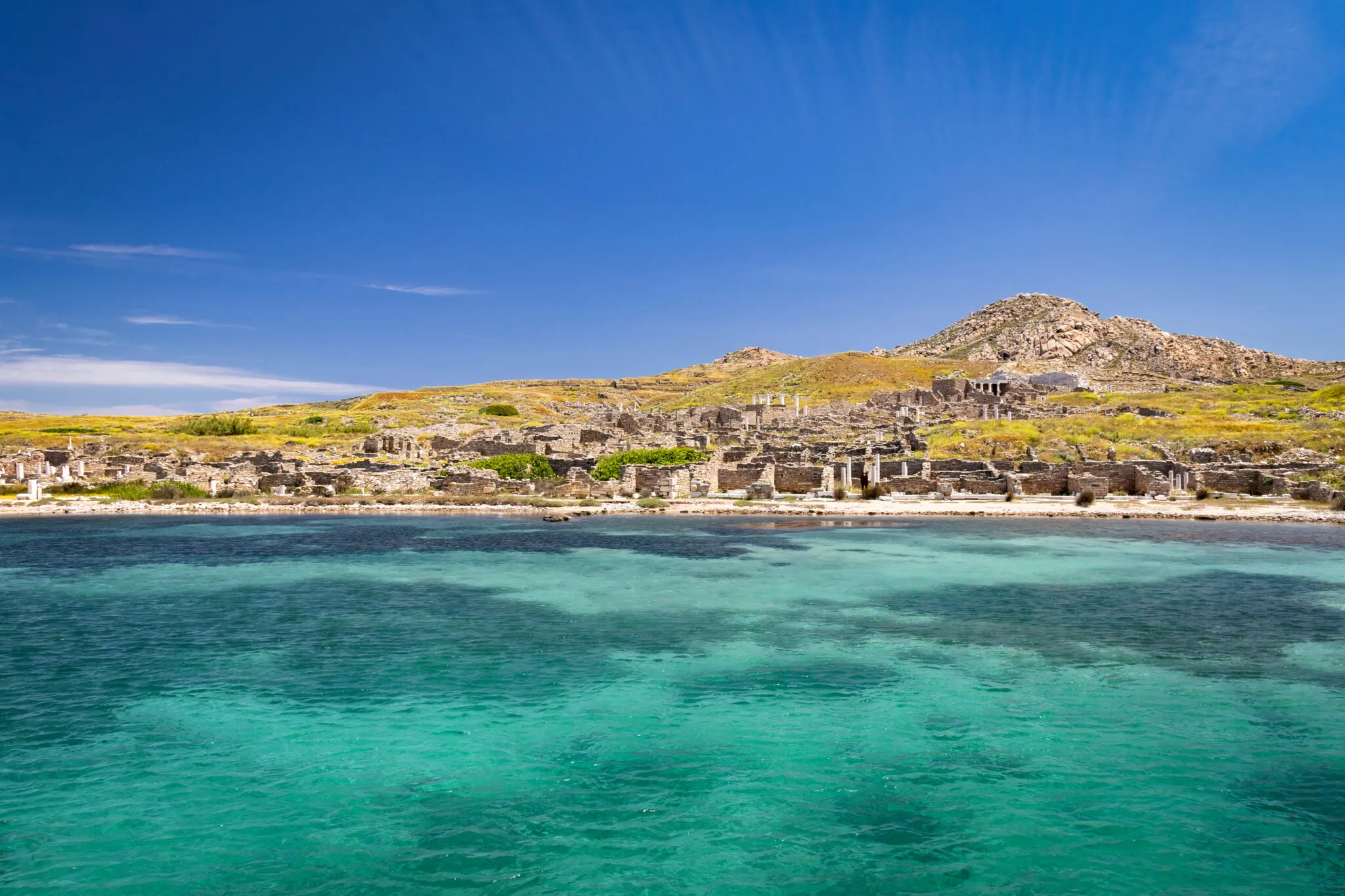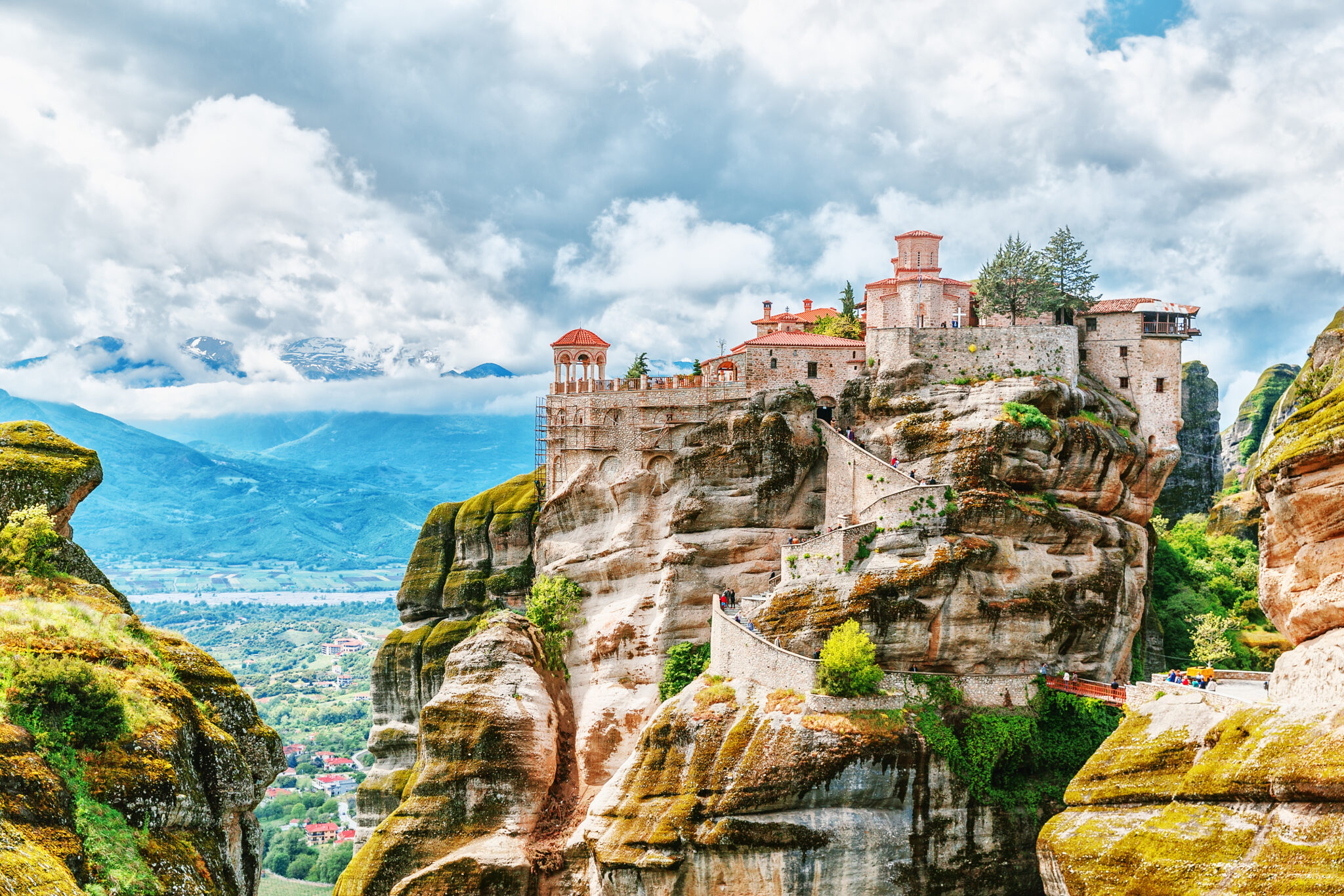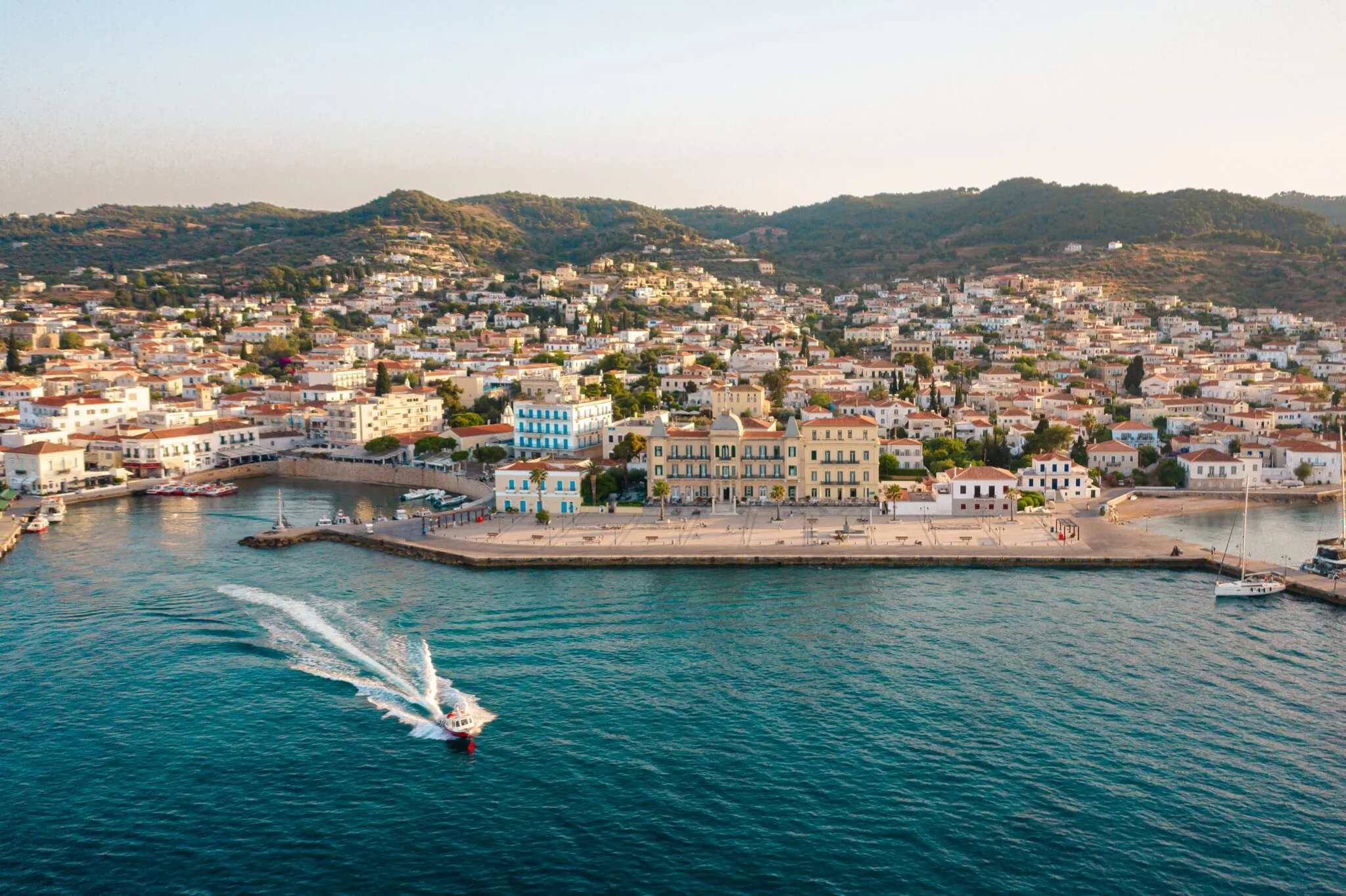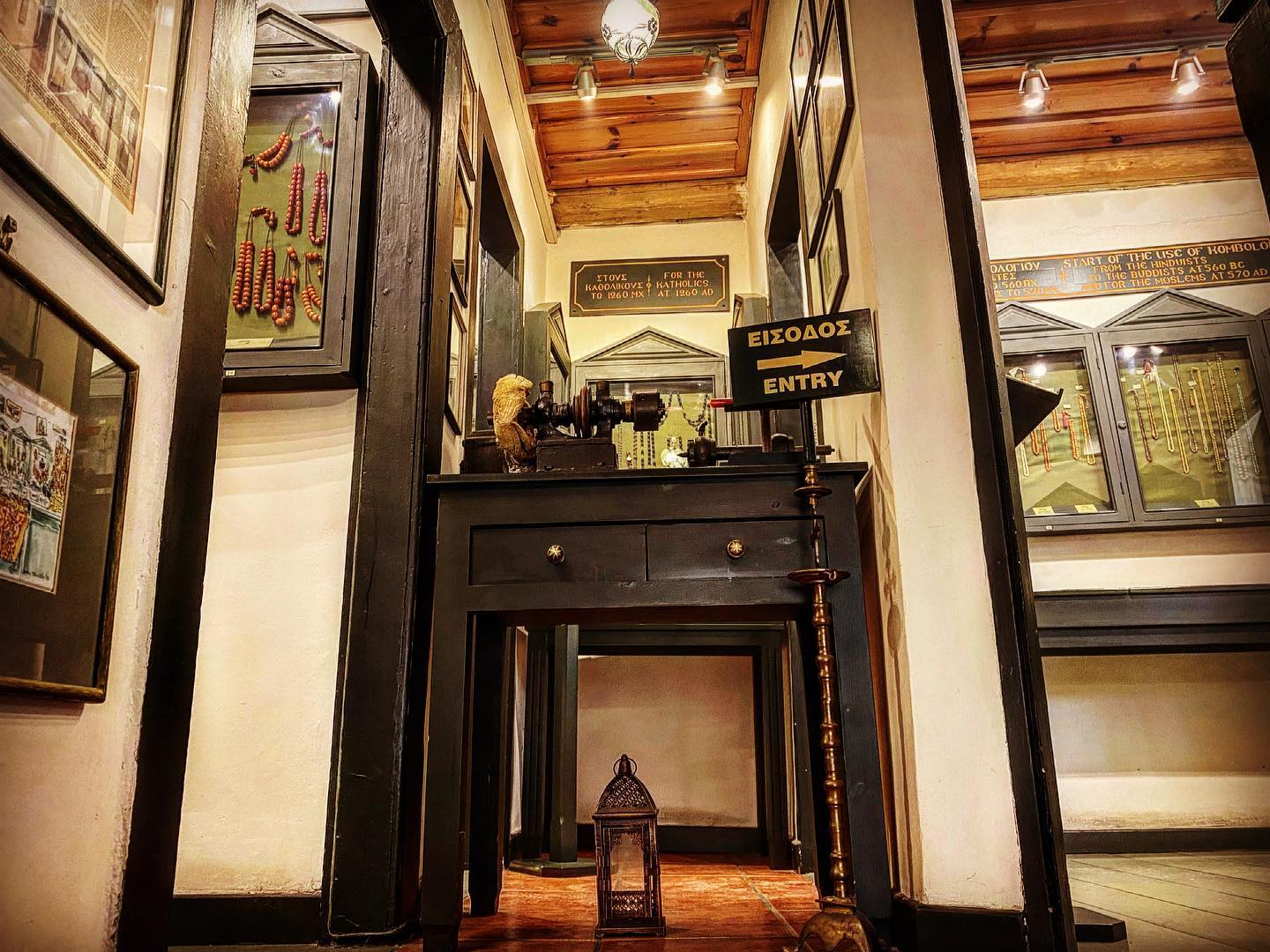What do red eggs, elaborately decorated candles, braided bread and lamb intestines have in common? They are all major features of Greek Easter! Taking place at different times every year, but usually around April, this completely unique celebration is filled with age-old traditions. While many may associate Easter with chocolate bunnies and egg hunts, Greece offers a culturally rich Easter experience like no other. Think mystical church services and candlelit processions through the streets, lamb roasted on the spit and egg-cracking competitions, sun-drenched dancing to traditional tunes in blooming springtime nature and a real feeling of togetherness.
In this guide, we will unravel Greek Easter traditions, providing you with insider knowledge and essential tips to fully embrace this extraordinary celebration. Join us as we explore the sacred processions, the symbolic rituals, and the mouthwatering feasts that define this traditional time. And as a special bonus, we will reveal four unmissable destinations in Greece where you can experience the true essence of Easter.
During ‘Holy Week’, the week leading up to Easter, daily liturgies relate to the trials of Christ before he was crucified, with Thursday being when the Service of the Holy Passion takes place, and when people prepare for the Resurrection (on Holy Saturday, see below). Eggs are boiled and dyed red, to symbolize the blood of Christ, shed on the cross during His crucifixion, and to be left untouched until after the midnight Resurrection service. It is also a tradition on Holy Thursday to make tsoureki, a brioche-type sweet bread that is usually braided with three pieces of dough, which represent the Holy Trinity, to be eaten from Easter Sunday and on.
Part I: The Highlights
Holy Friday: The Epitaphios
On the morning of Holy Friday, the Epitaphios is decorated with mostly white, spring flowers, until it is entirely covered. It is often also sprinkled with flower petals and rosewater, decorated with candles, and ceremonially censed as a mark of respect. The Good Friday mass takes place in the evening and is followed by a solemn procession around the block of the church in big cities or around the village in rural areas. People usually join the procession, with a brown candle in hand, and chant or listen to the chanters singing the hymns in a somber atmosphere.
Holy Saturday: The Resurrection
On this major day, the faithful gather outside churches holding a candle (children are given an elaborately decorated ‘lambada’ candle, customarily by their godparent) to be lit by holy light from the church at midnight, when the Resurrection of Christ is proclaimed. This light – as in the case of the often-terrifying fireworks that are launched once the priest announces “Christos Anesti!” (Christ is Resurrected), symbolize the light of Christ. The sound of church bells resonated across the skies as firecrackers and fireworks tear through them, and people embrace each other, with one saying “Christos Anesti”, and the other responding “Alithos Anesti” (Christ is truly Resurrected).
Following the church service, people traditionally go home, keeping their candles lit, and burn a cross in the woodwork at the top part of their front entrance’s doorframe. They soon sit down to dinner, which for those who have fasted for the 40 days of Lent that began on ‘Kathari Deftera’ (Clean Monday), is the first time they break the fast. The traditional dish served is Mageiritsa, a creamy lamb offal soup cooked with dill, lettuce, and sometimes rice, often alongside together with a salad, cheese and bread. Often at this meal people engage in their first ‘tsougrisma’ – a game of sorts that involves one person cracking the pointy or round part of their egg with the corresponding part of another’s egg. The person whose egg cracks on both ends is declared the loser, and, defeated but hungry usually proceeds to peel and eat their egg, while the other continues by cracking with others until both parts of the egg are cracked. Before cracking, one says “Christos Anesti” and the other responds “Alithos Anesti”.
Easter Sunday: The Feast
On Easter Sunday, people consume tsoureki at breakfast, and later families and friends gather at lunchtime to feast together. Traditionally, this event takes place in open courtyards and gardens, where lamb is cooked on a spit, while the lamb’s intestines cooked separately over the fire to create ‘kokkoretsi’. Lamb is chosen for its representation of the innocence of Christ, whose life was sacrificed for humanity. Easter eggs, salads and cheeses adorn the table, wine pours freely and music plays, people eat and get a little drunk and sign and dance together, in a celebration that usually goes on until the early evening. In cities, Easter lunch is served at the table in homes and in more recent years, at restaurants, from traditional to gourmet.
Read much more about traditional Greek Easter foods here.
Part II: 4 Easter Destinations
01
Athens
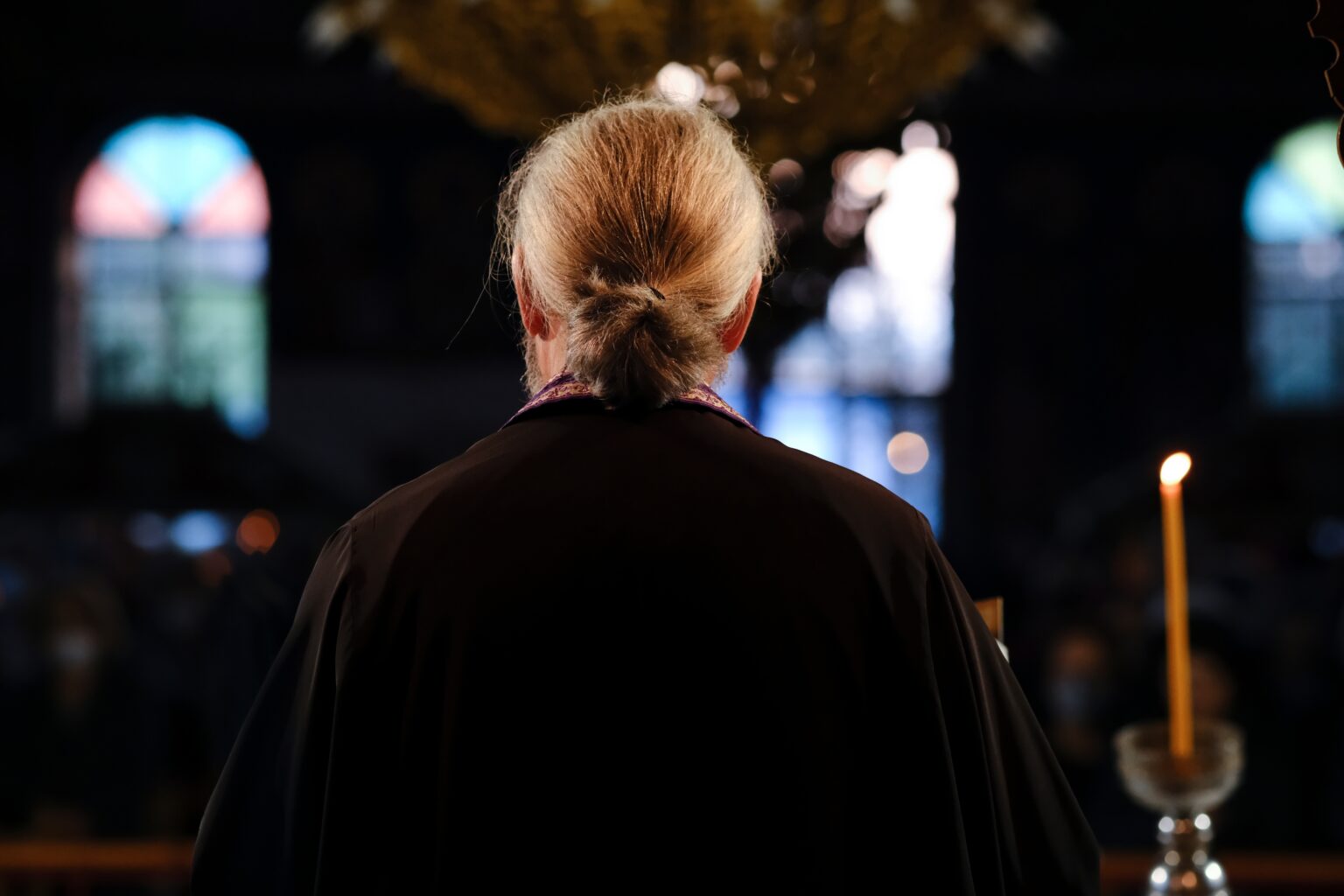

In Athens, the procession of the Epitaphios during Holy Week is among the most powerful spiritual rituals. Many churches across the city host these atmospheric and deeply religious processions. A notable example is the Kaisariani Monastery, which holds its Epitaphios procession at two in the afternoon. The adornment of the Epitaphios takes place on the same morning, offering a unique opportunity to witness this elaborate decoration if you arrive early.
For equally memorable experiences, consider the church of Agios Dimitrios Loumbardiarios in the verdant area of Thiseio, Kapnikarea Church on Ermou Street, the Metochi of Panagia Gorgoepikoos in Plaka, and the Church of Agios Nikolaos Rangavas. The latter’s procession uniquely passes by the 1st Fire Station of Athens, with firefighters saluting the epitaphios, and along Irodou Attikou Street, where the Evzones stand in formation. Other beloved churches include Agia Eirini on Aiolou Street, known for its stunning interiors, and Agios Georgios in Karytsi Square.
For an even greater spiritual high, on the nigght of Holy Saturday head up to the church of Agios Georgios, where you can take in breathtaking panoramic views of Athens by night from the highest point of Lycabettus Hill. Another top location is the Church of Agia Fotini near the Olympieion, where the ambiance is especially reverent. Similarly, the 11th-century Church of Agia Aikaterini in Plaka has a poignant setting, as is Aghia Sophia on Dyionissiou Aeropagitou Street, right under the Acropolis. The Metropolitan Cathedral of Athens, a popular gathering spot, and the Church of Agios Dionysios in Kolonaki, as well as the historic Petraki Monastery, whose main church dates back to the 10th century, are also excellent choices for observing these profound Holy Week traditions.
02
Corfu
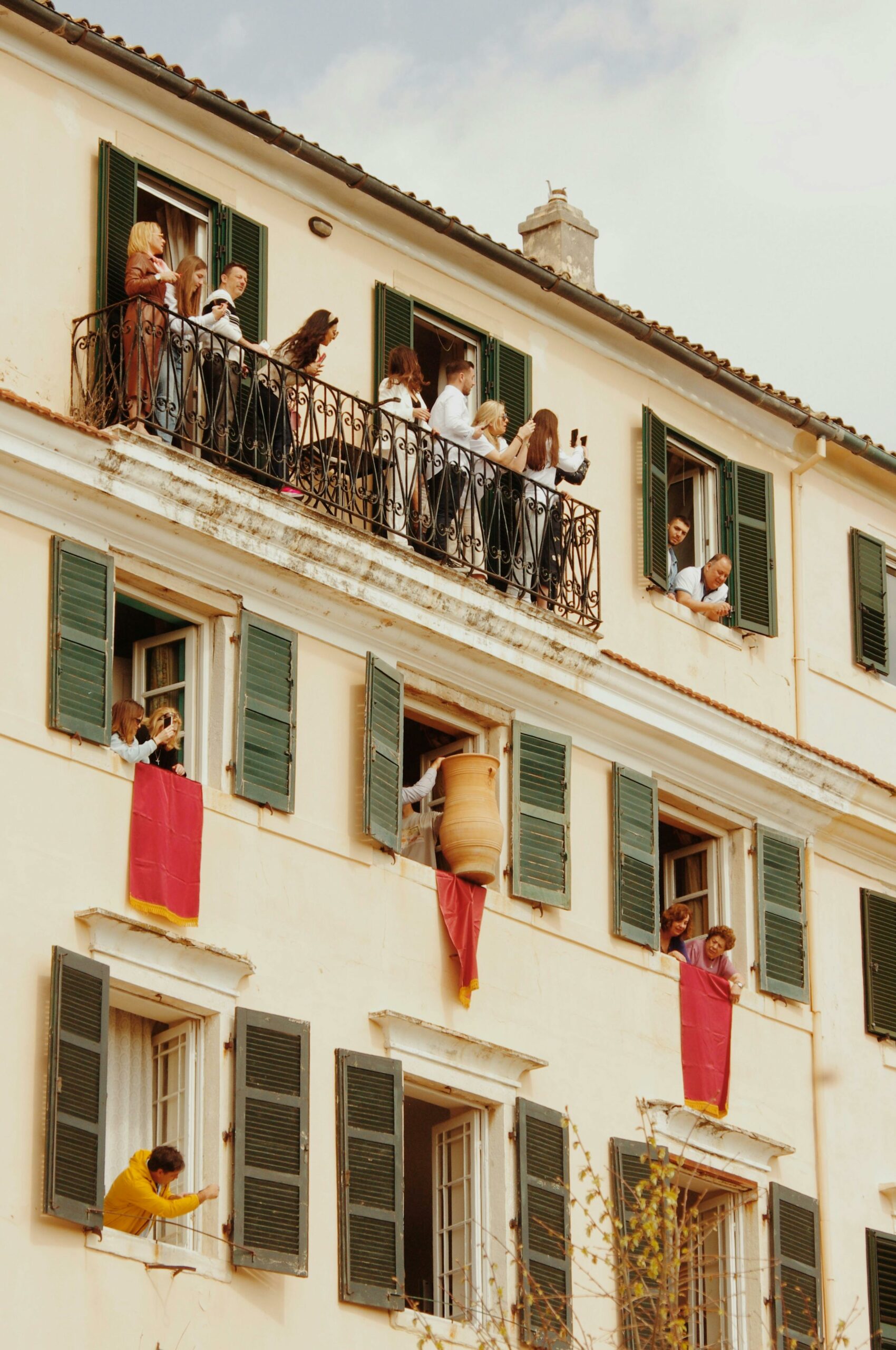
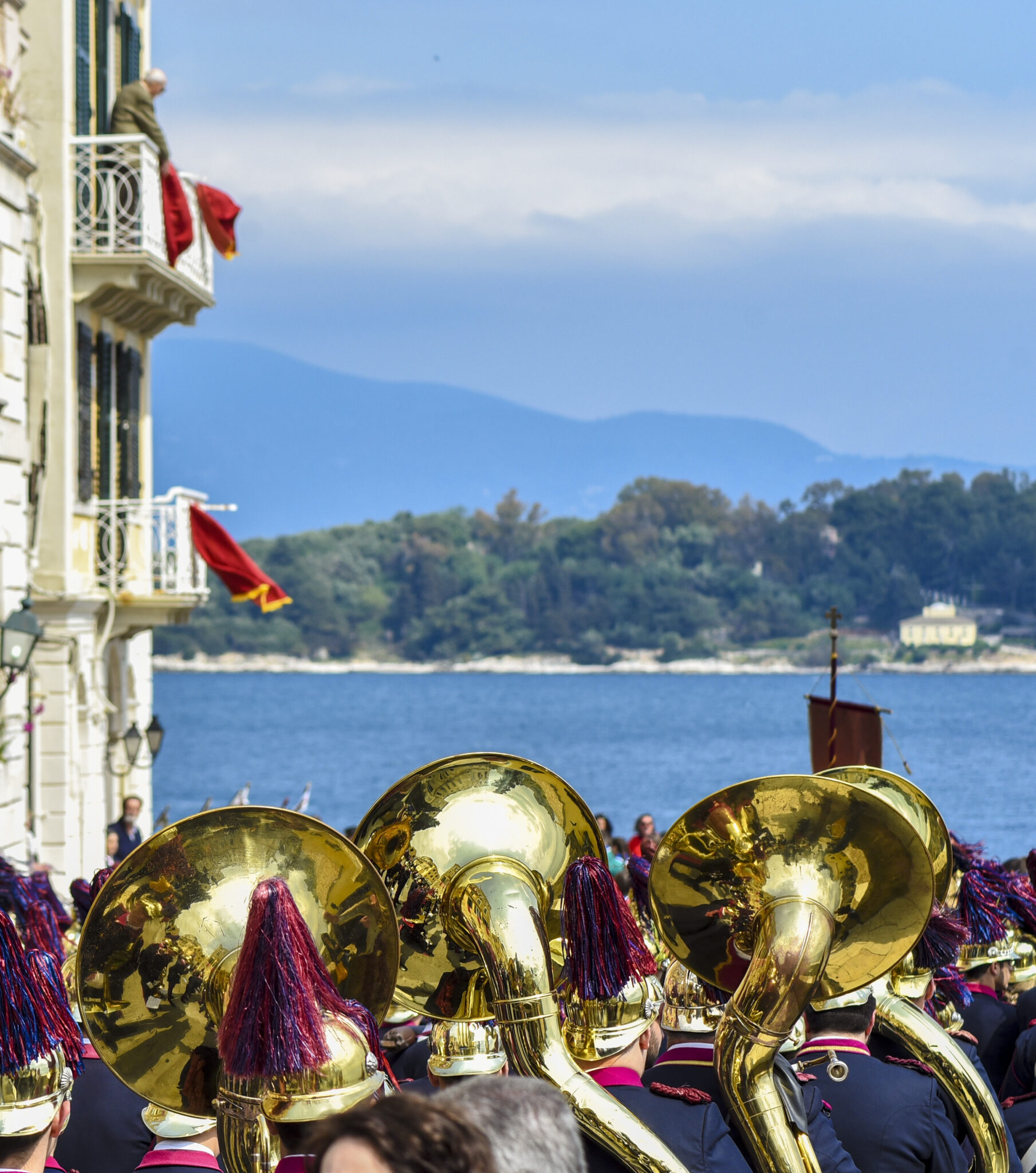
Corfu’s culture is intricately bound to musical tradition, as is strongly reflected through its philharmonic orchestras – 18 of them – and songs. The first philharmonic orchestra was founded here in 1840, and today, melodies from the orchestras resonate across Corfu with a magical atmosphere around every corner. Indeed, at Easter in Corfu, music plays a starring role.
On Good Friday, all the churches in the city orchestrate the procession of their Epitaphios, a solemn event marked by well-orchestrated sequences and the participation of bands, choirs and other groups. The choirs of the sacred temples, particularly those of the Metropolitan Cathedral, along with the Municipal Choir, chant the “Lamentations.” The musical accompaniment provided by philharmonic bands includes arrangements from classical works that showcase the island’s rich musical heritage: Albinoni’s “Adagio,” Abel Moreno Gomez’s “La Madruga,” G. Verdi’s “Marcia Funebre,” Joaquin Rodrigo’s “Aranjuez,” as well as the mournful elegy “Sventura” by Mariani and Chopin’s “Funeral March.” The atmosphere is as mournful as it is intoxicating.
On Holy Saturday there is the Litany of the Epitaph of Saint Spyridon, but this is not the only highlight of the morning. After the litany, the Vespers of the Resurrection is held at the Metropolitan Cathedral. As the Metropolitan chants the verse “Christos Anesti” the bells of all the city’s churches joyously ring out. Watch out, because here residents participate in the “First Resurrection” custom from their balconies by throwing red clay pots filled with water (botides) down onto the street. This ancient practice likely symbolizes the triumph of life over death through the smashing of the pots, and is something you won’t experience anywhere else in Greece.
03
Patmos
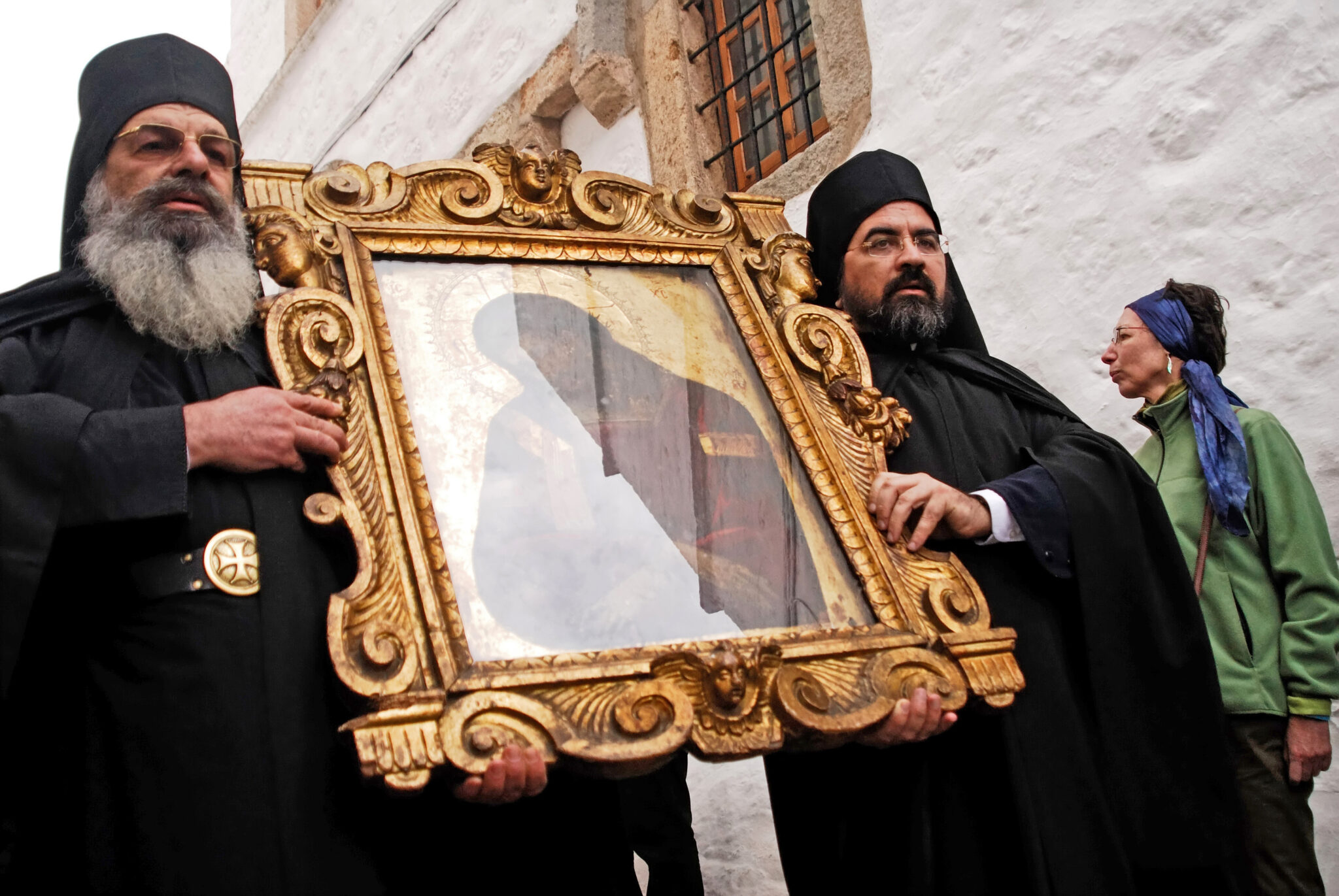
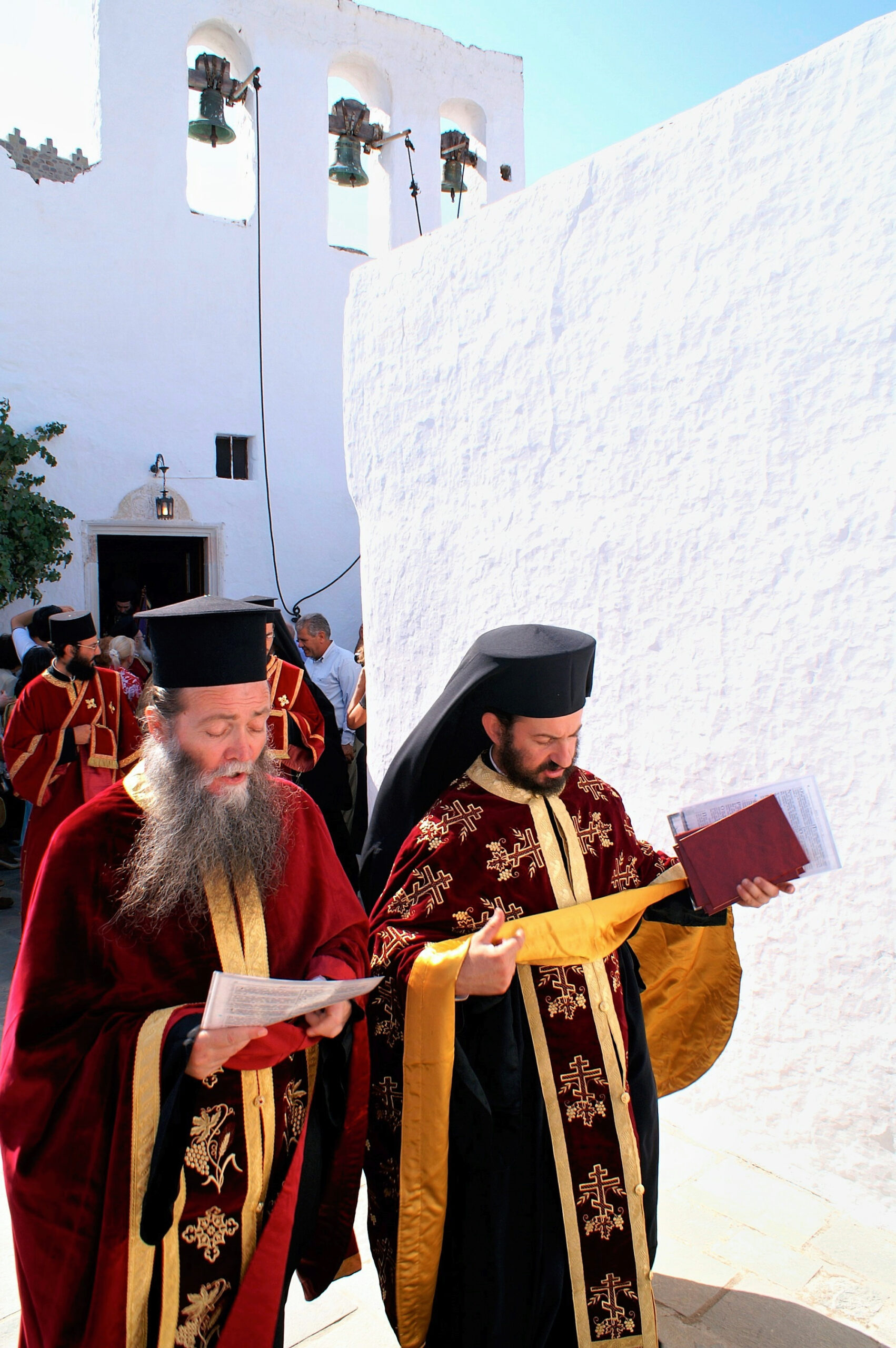
As most who visit it quickly understand, Patmos is a special place, with the Monastery of Saint John the Theologian significantly shaping its character and culture. Observing centuries-old religious and secular Easter traditions in a highly mystical ambiance, it is the ideal place for a profoundly spiritual Easter experience. Built on a hill in the Hora, the monastery oversees the area and, as a fortified monastery, it is surrounded by high stone walls that make it particularly imposing. The monastery is definitely the most significant and beautiful attraction on the island, especially honored during Easter. Founded in the 11th century by Saint Christodoulos, who arrived on the island, it was built in honor of Saint John the Theologian.
Saint John lived in Patmos for a considerable time, converting many locals to Christianity and writing the Book of Revelation here. It is worth noting that the Monastery, the Cave of the Apocalypse, and the settlement of Chora are designated as UNESCO World Heritage Sites. This context underscores the island’s mild tourist development, which greatly contributes to making the Easter atmosphere even more devout. Easter in Patmos is no ordinary affair, and intense, special services take place at various points of the island, not just the Hora. If you want to fully experience what is called “Easter in Patmos,” you should arrive early, as Holy Week is filled with singular rituals and customs deeply rooted in time.
04
Skiathos
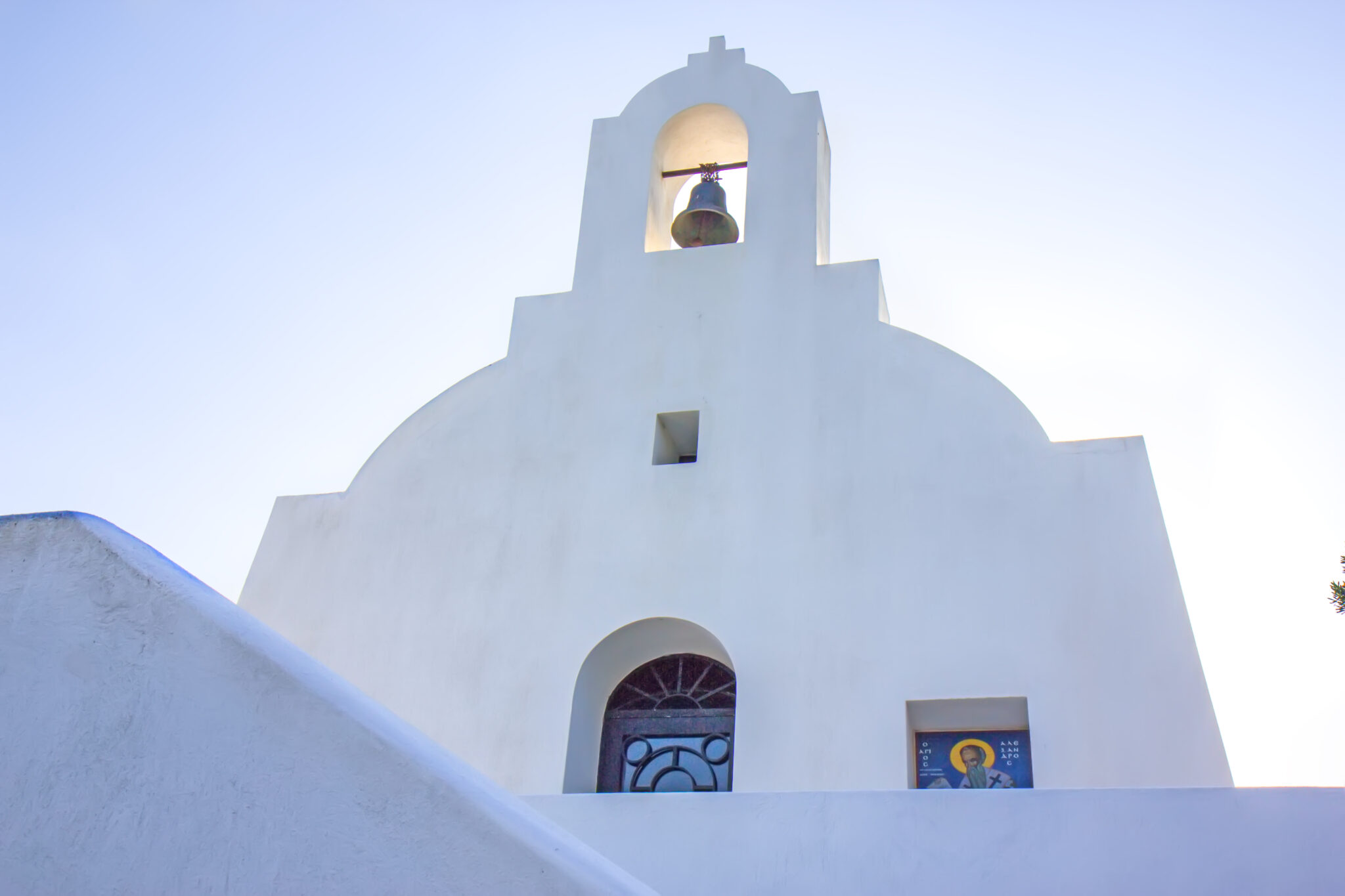
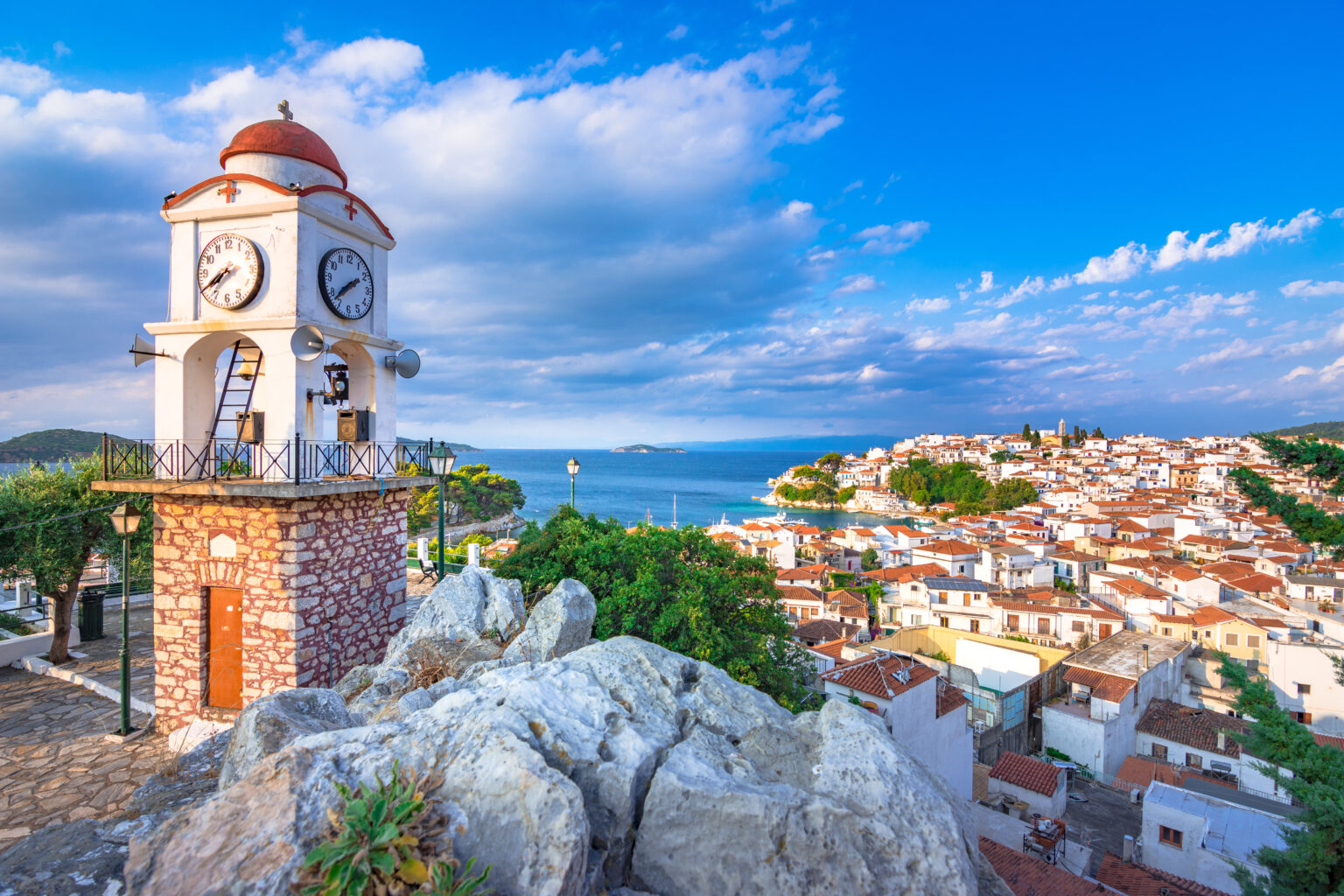
On Skiathos, Good Friday bears profound significance for the islanders who strictly observe the tradition of fasting – which means they have eaten absolutely nothing on Good Friday. What really sets the island apart however is the procession of the Epitaphios, which is an unforgettable experience. Unlike other parts of Greece, in Skiathos this poignant, solemn procession begins in a truly enchanting atmosphere at 1:00 am, winding through the adorned, picturesque alleyways of the island’s Hora and concluding about four – yes, four – hours later.
In the early hours of Holy Saturday, the faithful return home to rest and upon waking begin preparations for the grand celebration the following day. Easter night and Easter Sunday in Skiathos mean jubilant, magnificent celebrations and a level of hospitality unmatched by most other Greek islands. ↩︎



